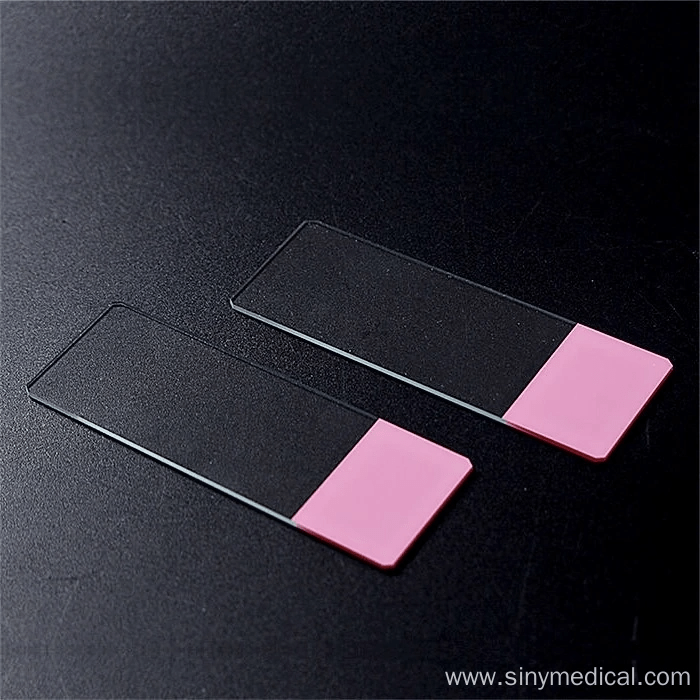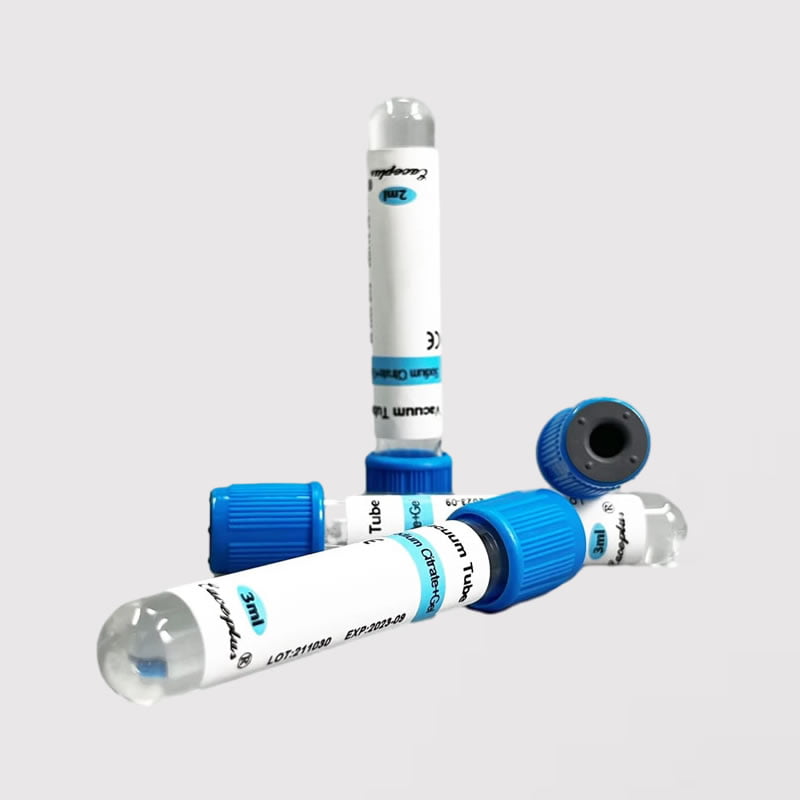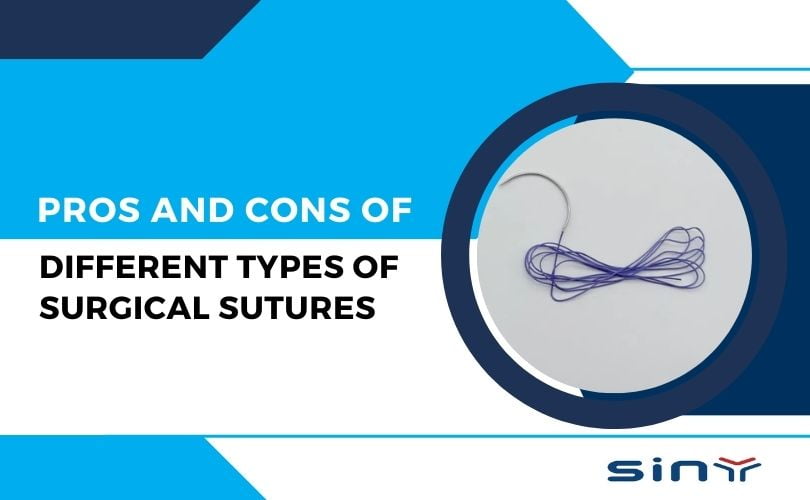A slide is a carrier for observing biological samples such as cells and tissues under a microscope. It is made of transparent glass, and samples can be placed on a flat surface and observed after being stained with a stain.
Glass slides, also known as microscope slides and cover slips or microscope slides, are rectangular pieces of transparent glass typically measuring about 1 inch by 3 inches.
Table of Contents
What is a glass slide?
The production process of glass slides involves several intricate steps. Firstly, we select a suitable glass material. Next, we meticulously cleaned and disinfected the glass piece multiple times to guarantee a clean and sterile surface. Lastly, we package the slides. In modern biological research, glass slides have become indispensable experimental tools.

It can help researchers observe and analyze the structure and function of biological samples, providing critical support for biological research. Continuous advancements in science and technology continually improve and innovate the production and use of glass slides, providing more sophisticated and efficient tools for biological research.
What are the types of slides?
Divided into standard grade and pathological grade (pathological grade is more advanced glass slip, using better materials, higher transparency, and light transmittance),
| Code | Description | Corner | Measures |
| 7101/7101F | Ground Edges | 90° / 45° | 1″ x 3″ |
| 7105/7105F | Ground Edges Singe frosted end | 90° / 45° | 1″ x 3″ |
| 7107/7107F | Ground Edges Double frosted ends | 90° / 45° | 1″ x 3″ |
| 7102 | Cut Edges | 90° | 1″ x 3″ |
| 7105-1 | Cut Edges Single frosted end | 90° | 1″ x 3″ |
| 7107-1 | Cut Edges Double frosted ends | 90° | 1″ x 3″ |
What is a standard-grade glass slide?
A standard-grade glass slide is used to view samples with a microscope slide. Standard-grade glass slides typically consist of optical glass, conforming to a standard size and shape, usually measuring 26mm × 76mm. They possess a specific thickness and flatness, ensuring optimal clarity and contrast when examining samples under a microscope. Researchers commonly utilize these slides across various fields including biology, medicine, botany, and entomology to observe and analyze samples such as cells, tissues, and microorganisms.

What are the materials for the glass slides?
1. Ordinary glass slide: It is generally used for observation under a conventional microscope, and the price is relatively cheap.
2. Optical glass slide: It has high optical performance and is suitable for observation under a high-magnification microscope.
3. Quartz glass slide: It is highly resistant to corrosion and heat and is suitable for some special experiments and analyses.
4. Silicon glass slide: Its high hardness and high-temperature resistance make it suitable for particular experiments and analyses.
5. Polymer slides: suitable for some biological research, with good chemical stability and low autofluorescence.
Manufacturing Process of Glass Slides
Manufacturers precisely and meticulously manufacture glass slides to ensure their quality and functionality. This article explores the intricate steps involved in producing these essential scientific and medical research tools.
Glass Cutting and Shaping
The first step in manufacturing involves cutting large sheets of glass into smaller, more uniform pieces. Specialized cutting machinery typically performs this task, ensuring precise dimensions. After cutting, craftsmen shape the glass pieces to the desired size and thickness using grinding and polishing techniques
Surface Treatment
After shaping, the surfaces of the microscope slides undergo treatment to remove any impurities and create a smooth, flat surface. This process, known as surface finishing, may involve chemical etching or mechanical polishing to achieve the desired level of smoothness and clarity. Surface treatment is crucial for ensuring optimal viewing conditions under the microscope.
Quality Control Measures
In the manufacturing process, we implement strict quality control measures to minimize defects and ensure consistency in the finished product. We inspect the glass slides for imperfections like scratches, bubbles, or uneven surfaces. We discard any defective slides and only package and ship those meeting the highest standards to our customers.
Materials Used in Glass Slides
Glass slides are typically made from soda-lime glass, known for its clarity and durability. The glass composition may vary slightly depending on the manufacturer and intended use. Additionally, glass slides may undergo various coatings and treatments to improve their optical properties and resistance to chemicals and scratches.
Final Thoughts
Glass slides are indispensable tools in scientific and medical research, providing a platform for examining and analyzing microscopic specimens. They offer numerous advantages, including durability, clarity, and compatibility with staining techniques. However, they also have limitations, such as fragility and environmental impact. By understanding the properties and applications of Glass slides and adopting proper maintenance practices, researchers and clinicians can maximize their effectiveness and contribute to advancements in their respective fields.
FAQs: Glass Slides
What are glass slides commonly used for?
In scientific and medical research, diagnosis, and education, researchers commonly use glass slides to examine microscopic specimens.
How do I clean glass slides effectively?
To effectively clean glass slides, use mild detergents and soft brushes to remove debris and stains. Avoid harsh chemicals and abrasive materials that may scratch the glass.
Can glass slides be recycled?
Yes, they can be recycled like other glass products. However, to ensure purity, it’s essential to remove any attached labels or coatings before recycling.
Are there alternatives to glass slides?
Yes, alternative materials, such as plastic and quartz, are available for microscopy slides. Each material has unique properties and is suitable for specific applications.
How long do glass slides typically last?
The lifespan depends on various factors, including frequency of use, handling practices, and storage conditions. With proper care, glass slides can last for many years.

























































